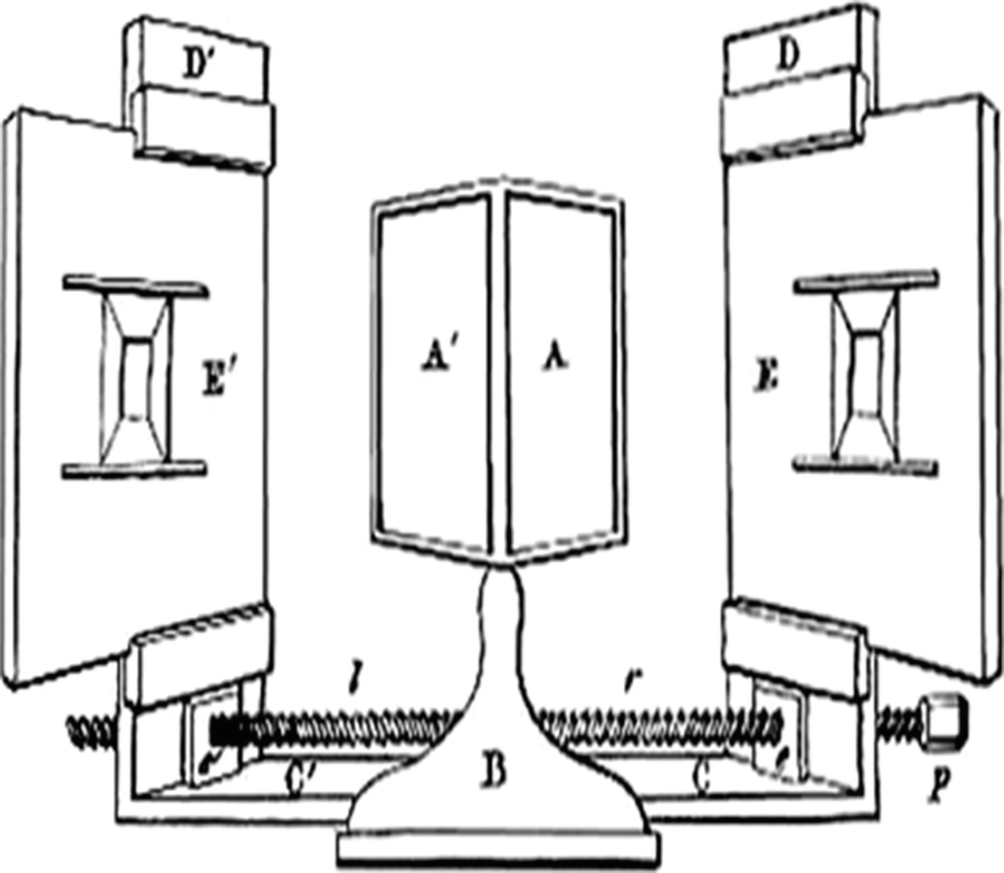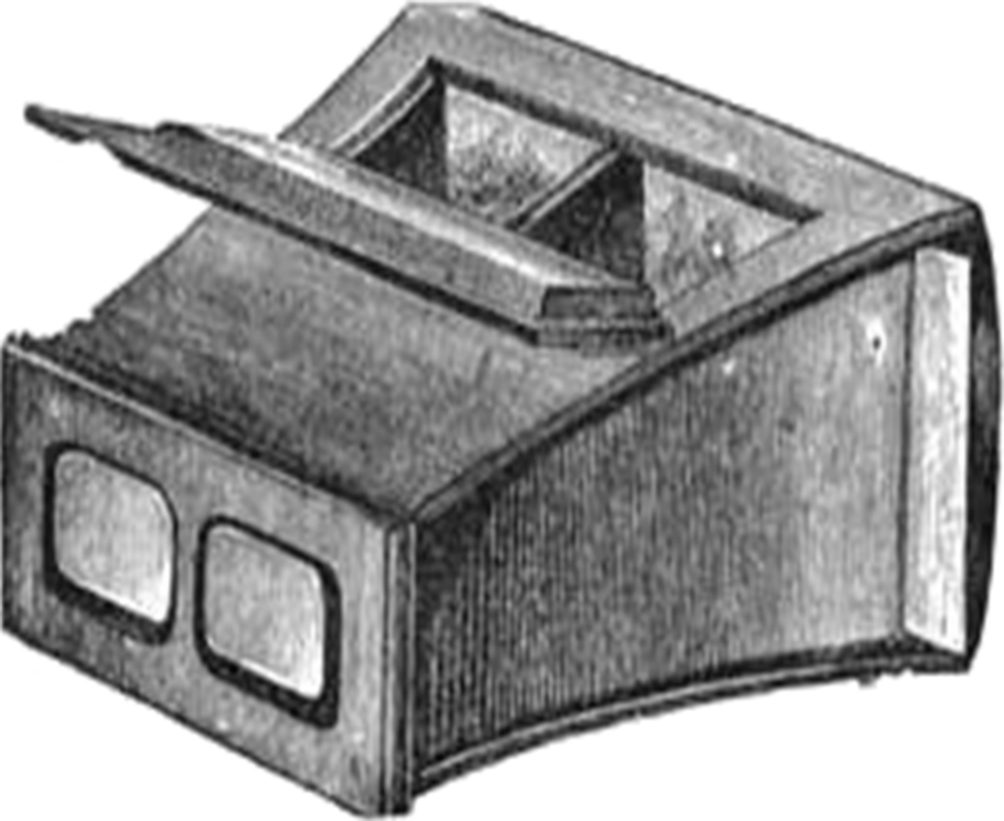Hanyi Min - Stereo Atlas of Vitreoretinal Diseases
Here you can read online Hanyi Min - Stereo Atlas of Vitreoretinal Diseases full text of the book (entire story) in english for free. Download pdf and epub, get meaning, cover and reviews about this ebook. year: 2020, publisher: Springer Singapore, genre: Romance novel. Description of the work, (preface) as well as reviews are available. Best literature library LitArk.com created for fans of good reading and offers a wide selection of genres:
Romance novel
Science fiction
Adventure
Detective
Science
History
Home and family
Prose
Art
Politics
Computer
Non-fiction
Religion
Business
Children
Humor
Choose a favorite category and find really read worthwhile books. Enjoy immersion in the world of imagination, feel the emotions of the characters or learn something new for yourself, make an fascinating discovery.
- Book:Stereo Atlas of Vitreoretinal Diseases
- Author:
- Publisher:Springer Singapore
- Genre:
- Year:2020
- Rating:4 / 5
- Favourites:Add to favourites
- Your mark:
- 80
- 1
- 2
- 3
- 4
- 5
Stereo Atlas of Vitreoretinal Diseases: summary, description and annotation
We offer to read an annotation, description, summary or preface (depends on what the author of the book "Stereo Atlas of Vitreoretinal Diseases" wrote himself). If you haven't found the necessary information about the book — write in the comments, we will try to find it.
Stereo Atlas of Vitreoretinal Diseases — read online for free the complete book (whole text) full work
Below is the text of the book, divided by pages. System saving the place of the last page read, allows you to conveniently read the book "Stereo Atlas of Vitreoretinal Diseases" online for free, without having to search again every time where you left off. Put a bookmark, and you can go to the page where you finished reading at any time.
Font size:
Interval:
Bookmark:



Jointly published with Peoples Medical Publishing House, PR of China
The print edition is not for sale in China Mainland. Customers from China Mainland please order the print book from:
Peoples Medical Publishing House.
This Springer imprint is published by the registered company Springer Nature Singapore Pte Ltd.
The registered company address is: 152 Beach Road, #21-01/04 Gateway East, Singapore 189721, Singapore
When I was a junior resident, I was so confused by the retinal layers of different lesions described by the senior doctors, such as the bleeding at the retinal nerve fiber layer, exudates near the outer nuclear layer, and tumor derived from the choroid. Had they got X-ray vision that can penetrate or even dissect the retina nakedly? I had been doubted for my qualification as an ophthalmologist for so long!
Finally, I took courage to confirm that my stereovision was normal and even superior by standard stereo examination, and yet, I still perceived the retina as a single plane! The contour, shape, and color of the lesion are certainly easy to determine. As for the optic edema, I can only clarify the diopter by adjusting the turntable of the direct ophthalmoscope and comparing with the macular. But how can human eyes distinguish the different retinal layers? They only exist in the books and biopsy slides!
It was not until I started to learn the retina subspecialty that this problem was finally solved with full confidence of ophthalmologist. With the help of double +10D or +5D lens, the stereo pair taken by different shooting angles looked so vivid. I was even tempted to touch and squeeze the lesions, just like in the 3D movies! Once the self-doubt was swept away, I regained the dream to become a vitreoretinal specialist.
Then, I learned to use the slit lamp ophthalmoscope (+90D, +78D), the indirect ophthalmoscope (+20D), the stereo fundus photography (SFP), and the optical coherence topography (enhanced depth imaging technique). All these techniques were aimed to penetrate the retina, choroid, pigment epithelium, and even sclera.
Although the technology of deciphering retinal diseases is constantly advancing, the SFP is still indispensable, which not only can reveal the retina stereoscopically and comprehensively but also has been the gold standard for certain diseases, such as glaucoma and retinal angiomatous proliferation (RAP). Meanwhile, the equipment demands for SFP are not so expensive and can be easily promoted in the grassroots hospitals. In this book, we carefully collected and organized more than 300 stereo color fundus images and angiography pictures of various vitreoretinal diseases for colleges to recognized the three-dimensional features at first glance, such as retinal bleeding at different layers, optic disc change of glaucoma, macular diseases, tumors, RAP, and polypoidal choroidal vasculopathy (PCV). All these will interest you in vitreoretinal diseases.
As the saying goes, no man is his crafts master the first day! I sincerely hope this book will clear up the uncertainties of stereo fundus for all the readers and become a stepping stone to learn vitreoretinal diseases for ophthalmologists!

Reflecting mirror stereoscope invented by Wheatstone

Refraction stereoscope invented by Brewster
Early 3D movies came out at the end of the nineteenth century. With the emergence of filming, scientists used two cameras to simulate human eyes and projected the film through polarized filters, while the audience watched the movie wearing polarized glasses. Stereoscopic glasses first appeared in the Hollywood movies on May 24, 1953, which marks the beginning of a new era of stereoscopic films. Then, the stereoscopic TV adopting dual channel polarized imaging technology and the complementary color stereoscopic imaging technology made black & white and color TV three-dimensional, respectively. Currently, the most advanced 3D TV is fractional liquid crystal glasses stereo TV, which can provide vivid stereoscopic color image. When the TV frequency becomes higher, the image is stable without flicker. It is compatible with current color TV system and computer screen, and can easily be transformed to digital TV system.
Font size:
Interval:
Bookmark:
Similar books «Stereo Atlas of Vitreoretinal Diseases»
Look at similar books to Stereo Atlas of Vitreoretinal Diseases. We have selected literature similar in name and meaning in the hope of providing readers with more options to find new, interesting, not yet read works.
Discussion, reviews of the book Stereo Atlas of Vitreoretinal Diseases and just readers' own opinions. Leave your comments, write what you think about the work, its meaning or the main characters. Specify what exactly you liked and what you didn't like, and why you think so.













